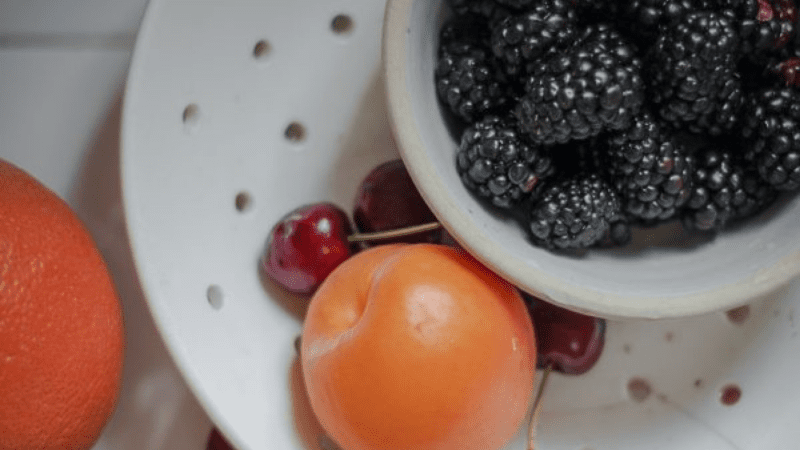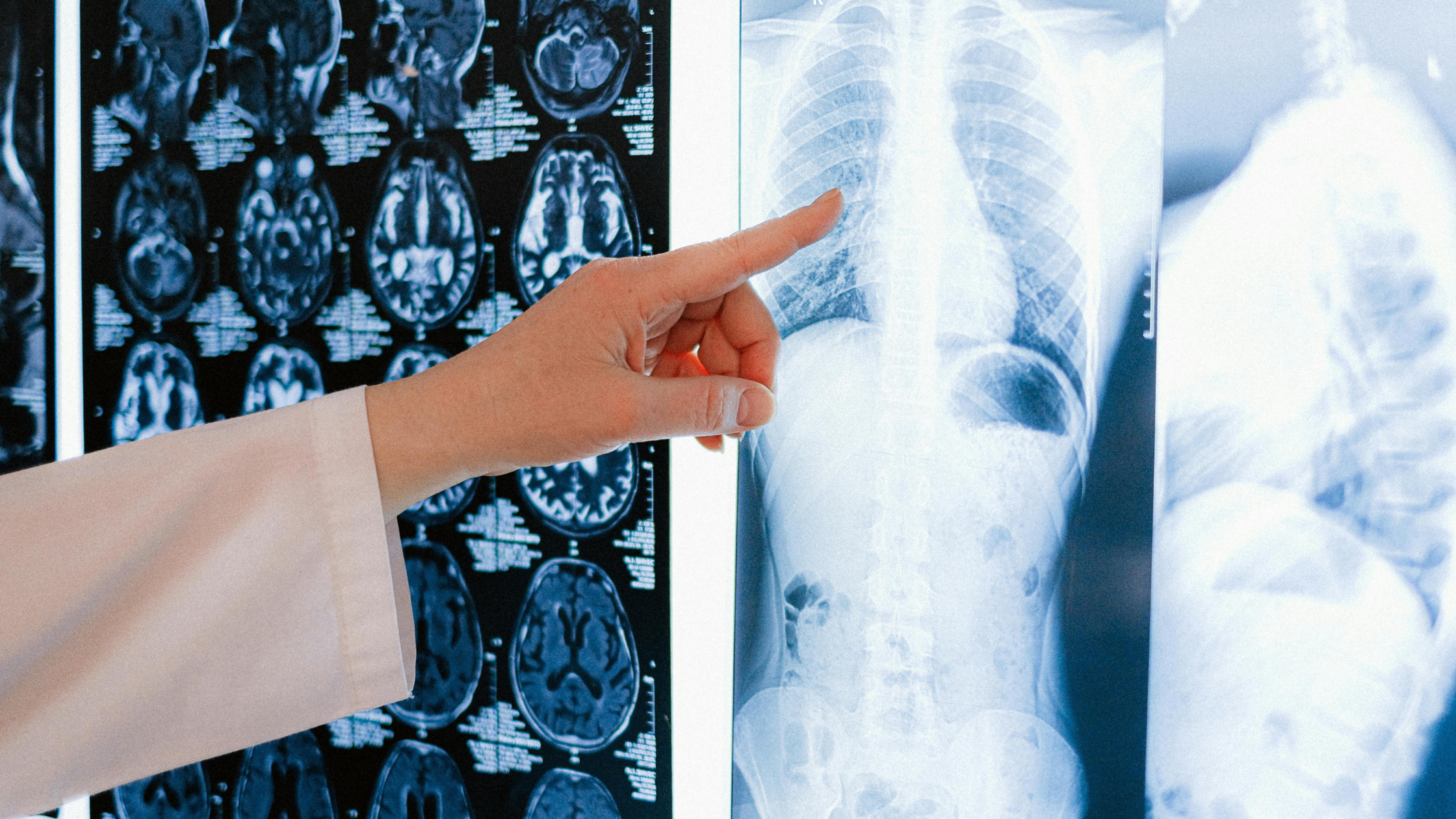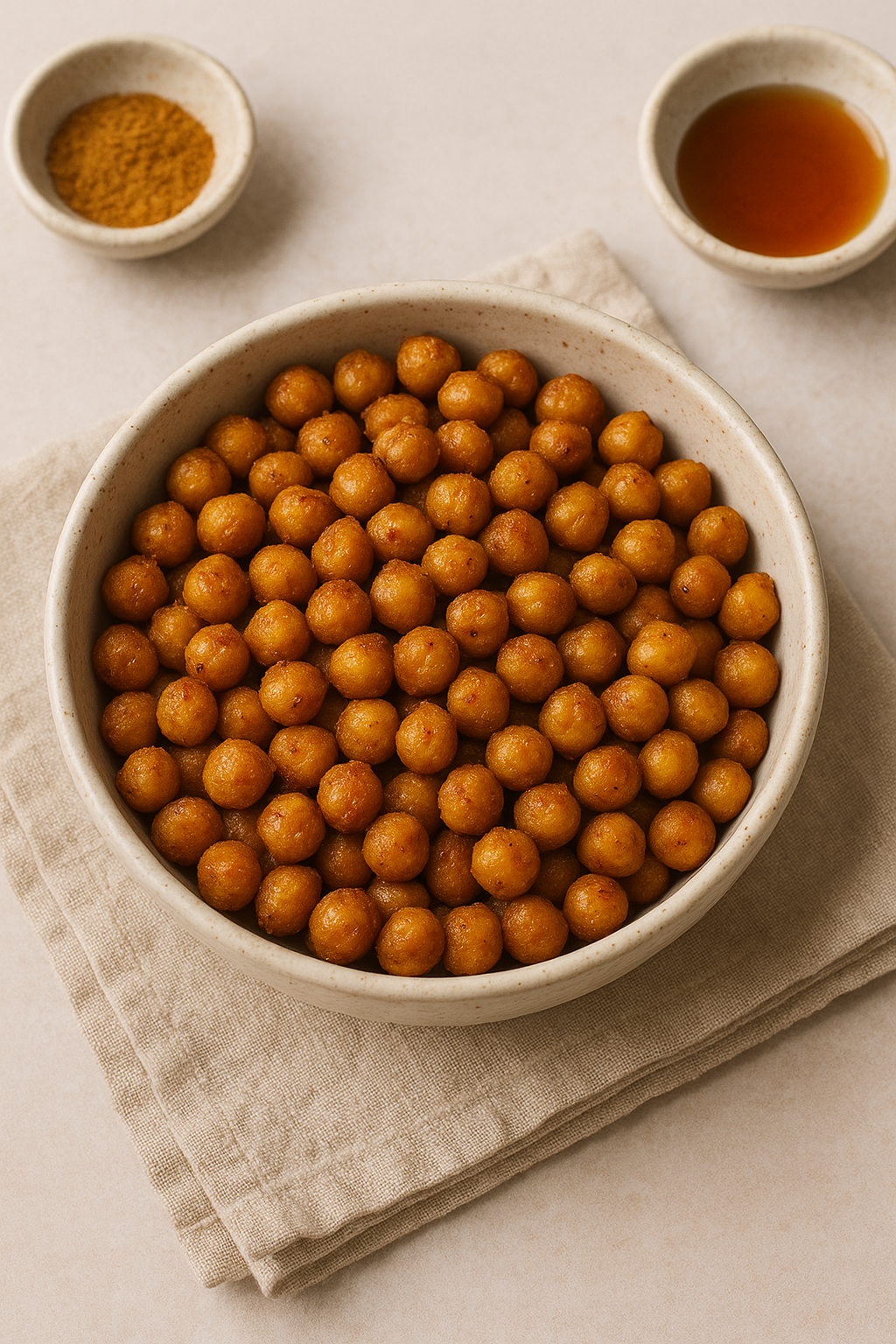The Science of Connection, Attraction, and the Heart’s Hidden Power
I’m always thinking about Love Energy but each February, I am especially focused on this powerful force.
Love energy is more than a feeling, it’s a biological, neurological, and energetic force that shapes relationships and well-being. What’s amazing is that science has uncovered insights into how love energy works on a physiological level and how it shapes our well-being. Let’s explore what research tells us about this connection and how to manifest it in our lives.
The Science Behind Love: What Happens in the Brain and Body?
Love is not just an emotion—it’s a biochemical experience that involves hormones, neurotransmitters, and neural activity. When you fall in love, your brain reacts, and certain chemical changes are actually measurable (1).
Dopamine: The brain’s “reward” chemical surges, creating feelings of pleasure and motivation. This neurotransmitter is also responsible for the addictive nature of love, explaining why new love feels so exhilarating.
Oxytocin: This hormone fosters connection, trust, and attachment. During physical intimacy, it’s released in large amounts and reinforces deep emotional bonds.
Serotonin: Levels of this hormone often drop in early love, leading to obsessive thoughts about a partner, which may explain why new love can make it difficult to focus on anything else.
Pheromones: These chemical signals play a role in sexual chemistry. Research suggests that people are often drawn to partners with immune systems different from their own (identified by their pheromones), potentially enhancing offspring survival.
Testosterone & Estrogen: These hormones drive sexual desire and attraction.
Physical Touch Plays a Role, too
Physical touch is fundamental to experiencing and sustaining love energy. Research shows:
- Hugs, hand-holding, and cuddling increase oxytocin, reducing stress and promoting feelings of security. Studies indicate that couples who engage in frequent physical touch tend to report higher relationship satisfaction (2).
- Massage and affectionate touch lower cortisol (the stress hormone), improving overall well-being (3).
Lack of touch, on the other hand, can lead to increased stress, and even weakened immune function. Research on social isolation has found that prolonged deprivation of touch can contribute to mood disorders and increased inflammation in the body (4). A landmark study (5) of premature infants found that babies given regular skin-to-skin contact gained more weight and had stronger immune systems than those who did not. Similar findings apply to adults—physical touch strengthens relationships and enhances emotional connection.
Heartbreak, by the way, isn’t just emotional—it’s physical. Studies using fMRI scans show that romantic rejection activates the same brain regions associated with physical pain. In extreme cases, emotional pain can trigger Takotsubo cardiomyopathy, a condition that temporarily weakens the heart muscle. This stress-induced cardiomyopathy can mimic a heart attack and is more common in people who experience intense grief (6).
The Science of Love Energy
There’s a lot of research on what happens chemically when you’re in love but you might be surprised to know that love can be described as an energetic force!
Heart’s Electromagnetic Field: Research from the HeartMath Institute shows that the heart generates an electromagnetic field that extends several feet beyond the body. This field is influenced by emotions, and feelings of love create a more coherent and stable heart rhythm that can affect those around us (7).
Bioelectromagnetic Communication: The human body emits electric fields, and HeartMath Institute researchers believe these fields contribute to emotional and energetic exchanges between individuals. This may explain why we feel “good vibes” from certain people and sense emotions beyond verbal communication.
Mirror Neurons: These neurons help us experience and resonate with the emotions of others, allowing us to feel and share love on a deep level. When we witness someone experiencing love or joy, our own mirror neurons activate, fostering empathy and connection (8).
Quantum Entanglement Hypothesis: Some scientists speculate that deep emotional connections may involve quantum entanglement, where two people remain energetically connected regardless of distance. Though not yet fully understood, this theory suggests that emotional bonds might transcend physical space (9).
The Heart-Brain Connection
The Heart-Brain Connection also plays a role. This two-way communication between the heart and the brain influences emotions, cognition, and overall well-being. Here’s how it works:
1. The Heart as a Second Brain
The heart has its own complex nervous system, often called the “heart-brain” or intrinsic cardiac nervous system. This system contains around 40,000 neurons, allowing the heart to operate independently of the brain and even send signals to influence brain function.
2. Heart Rate Variability (HRV) and Emotional Regulation
HRV—the variation in time between heartbeats—is a key indicator of emotional resilience and stress management. A higher HRV is associated with better cognitive function, emotional balance, and reduced stress, while low HRV is linked to anxiety, depression, and even cardiovascular disease. A study published in Emotion (2017) showed that gratitude practices significantly improved HRV.
-
The Heart’s Influence on the Brain
Research from the HeartMath Institute shows that the heart sends more signals to the brain than the brain sends to the heart. These signals influence perception, decision-making, and emotional processing. When we experience positive emotions like love and gratitude, the heart produces coherent rhythms, which enhance cognitive function and overall well-being.
-
The Role of Oxytocin in Heart-Brain Connection
Oxytocin, one of the “love hormones,” is released during positive social interactions, deepening emotional bonds. It also has cardioprotective effects, which means it helps to lower blood pressure and reduce stress-related damage to the heart.

How to Manifest Love
For all the amazing benefits love energy creates, it’s not something we can just manufacture. And manifesting love isn’t just about wishing for it—it requires intention, self-awareness, and action. My advice to you–and this is what I tell my clients– is follow these steps:
Practice Self-Love. When you love and respect yourself, you’re more likely to draw in partners who treat you the same way. Practices such as affirmations, journaling, and engaging in activities that bring you joy can help build self-love.
Visualize the Love You Want. Neuroscience supports visualization as a tool for creating neural pathways that prime you for recognizing and receiving love. Regularly imagining yourself in a fulfilling relationship can rewire your brain to seek and accept love more readily.
Engage in Positive Social Interactions. Studies confirm that people who maintain strong social connections are more likely to feel love and find fulfilling relationships. Try volunteering, joining interest-based groups, and/or actively participating in social gatherings.
Cultivate an Abundance Mindset. Instead of focusing on the lack of love, shift your attention to the love you already have in different forms—friends, family, or self-care practices.
Express Gratitude & Affection. Tell loved ones how much they mean to you, reinforcing positive connection. Research has shown that expressing appreciation strengthens bonds and enhances emotional well-being.
Prioritize Physical Connection. Whether through hugs, handshakes, or massage, touch can significantly boost well-being. Even small acts of affection, like a pat on the back, can elevate mood and foster closeness.
Practice Self-Care & Emotional Regulation. Activities like meditation, therapy, and exercise help maintain emotional balance. Engaging in hobbies, mindfulness, and self-reflection also play a critical role in emotional resilience.
So, remember, love energy is more than a feeling. It’s a complex system of interactions that promote health and happiness.
May love energy find you and bring you much joy!
Please visit my store and explore the amazing self-care products to aid you in your love journey…
xo – Serena
Citations:
1) Marazziti D, Canale D. Hormonal changes when falling in love. Psychoneuroendocrinology. 2004 Aug;29(7):931-6. doi: 10.1016/j.psyneuen.2003.08.006. PMID: 15177709.
2) Dreisoerner A, Junker NM, Schlotz W, Heimrich J, Bloemeke S, Ditzen B, van Dick R. Self-soothing touch and being hugged reduce cortisol responses to stress: A randomized controlled trial on stress, physical touch, and social identity. Compr Psychoneuroendocrinol. 2021 Oct 8;8:100091. doi: 10.1016/j.cpnec.2021.100091. PMID: 35757667; PMCID: PMC9216399.
3) Törnhage CJ, Skogar Ö, Borg A, Larsson B, Robertsson L, Andersson L, Andersson L, Backström P, Fall PA, Hallgren G, Bringer B, Carlsson M, Lennartsson UB, Sandbjörk H, Lökk J. Short- and long-term effects of tactile massage on salivary cortisol concentrations in Parkinson’s disease: a randomised controlled pilot study. BMC Complement Altern Med. 2013 Dec 13;13:357. doi: 10.1186/1472-6882-13-357. PMID: 24330473; PMCID: PMC3878723.
4) Packheiser J, Hartmann H, Fredriksen K, Gazzola V, Keysers C, Michon F. A systematic review and multivariate meta-analysis of the physical and mental health benefits of touch interventions. Nat Hum Behav. 2024 Jun;8(6):1088-1107. doi: 10.1038/s41562-024-01841-8. Epub 2024 Apr 8. PMID: 38589702; PMCID: PMC11199149.
5) Samsudin S, Chui PL, Ahmad Kamar A, Abdullah KL, Yu CW, Mohamed Z. The Impact of Structured Kangaroo Care Education on Premature Infants’ Weight Gain, Breastfeeding and Length of Hospitalization in Malaysia. J Multidiscip Healthc. 2023 Apr 12;16:1023-1035. doi: 10.2147/JMDH.S403206. PMID: 37077560; PMCID: PMC10106807.
6) Lu X, Li P, Teng C, Cai P, Jin L, Li C, Liu Q, Pan S, Dixon RAF, Wang B. Prognostic factors of Takotsubo cardiomyopathy: a systematic review. ESC Heart Fail. 2021 Oct;8(5):3663-3689. doi: 10.1002/ehf2.13531. Epub 2021 Aug 9. PMID: 34374223; PMCID: PMC8497208.
7) https://www.heartmath.org/research/science-of-the-heart/energetic-communication/
8) https://neuroscape.org/blog-post60
9) Stuart Hameroff, Roger Penrose, Consciousness in the universe: A review of the ‘Orch OR’ theory, Physics of Life Reviews, Volume 11, Issue 1, 2014, https://www.sciencedirect.com/science/article/pii/S1571064513001188)
by








